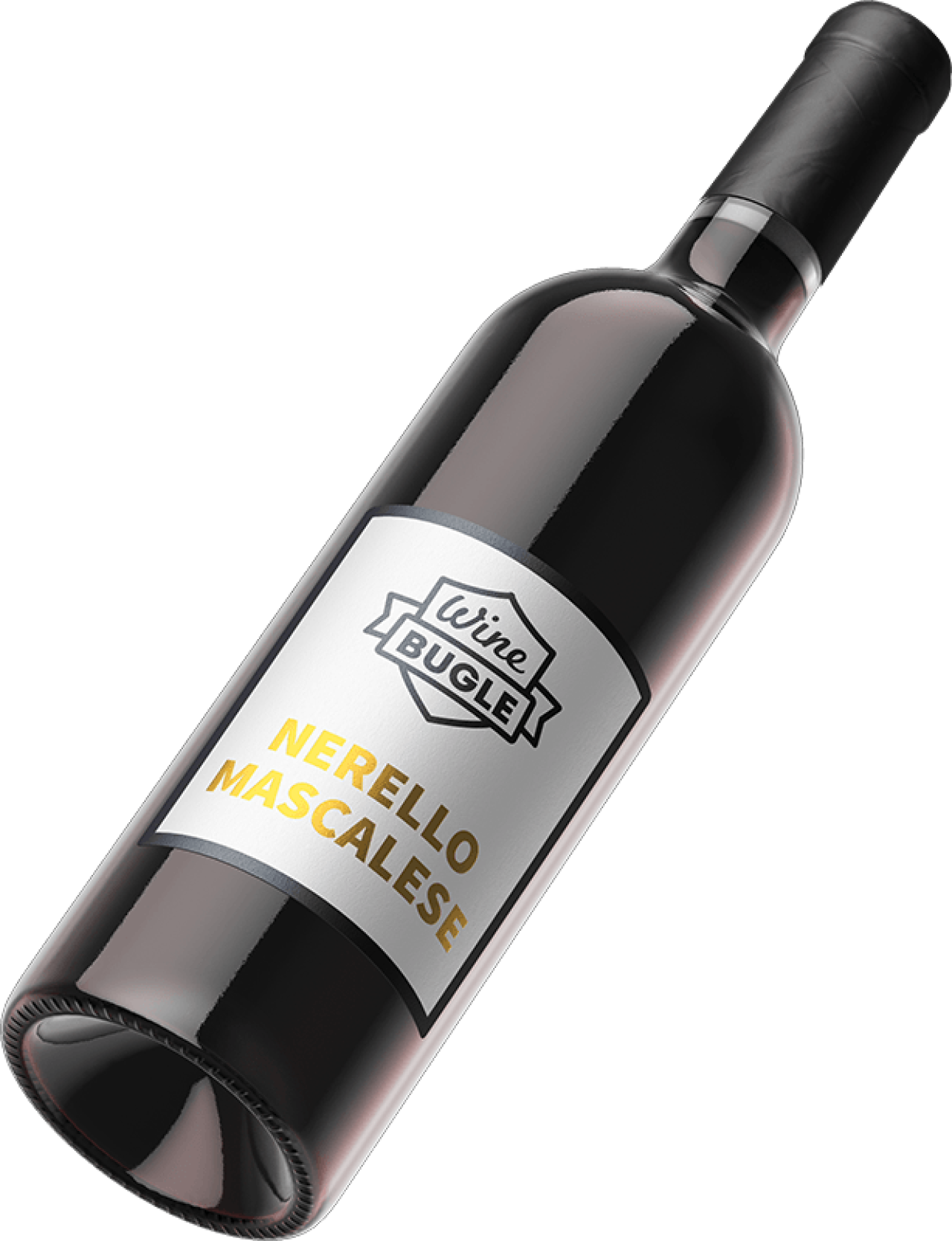Origins of Nerello Mascalese
Nerello Mascalese, also known by the name of Negrello, is a red grape variety originating from the area of Mount Etna in the province of Catania in Sicily. The name Mascalese refers to its origin, the Piana di Mascali, an agricultural area between the sea and Mount Etna located on the eastern side of the Volcano.
The origins of Nerello Mascalese can be traced back to the 7th century BC. with the Greek colonization of the Messina and Calabrian coasts. In fact, with the foundation of Naxos in 734, Zancle in 730 and Catania in 728, the Greeks spread the cult of Dionysus and began the cultivation of the vine.
It can be vinified alone or used in blends and produces graceful and mineral reds and delicious rosé wines with marked balsamic and Mediterranean scrub tones.
Where it is grown
The cultivation of Nerello Mascalese is present throughout the Etna area.
The territory of excellence, however, remains that around the municipalities of Castiglione di Sicilia and Randazzo, between Rovittello, Solicchiata, Calderara, Passopisciaro and Linguaglossa.
In this area, the specific conformation of the volcanic soils, the high altitude (up to 1100 meters above sea level), and the traditional practice of cultivation (called purpania) have allowed the vineyards of Nerello Mascalese to resist the phylloxera epidemic.
The sandy and volcanic soil of Etna plays a strategic role with its skeleton formed by stones generated by the disintegration of the lava of very ancient origin. Generally, these soils are of medium texture, dry and sandy, with very high draining capacity, rich in microelements, iron, copper, potassium, phosphorus, and magnesium and poor in nitrogen and carbonates. Altitude is a significant factor because the lava that flows hardly reaches the lower areas: it follows that the root system of the plants found at this altitude is wholly immersed in the volcanic soil.
Two denominations can be produced from Nerello Mascalese: Etna DOC and Faro DOC. Over 80% of the production is dedicated to Etna DOC, which is establishing itself among the most famous Italian wines, stimulating the birth of new wineries.
Flavors and style
Nerello Mascalese has a marked tendency to reflect the surrounding environment, giving fresh and elegant red wines with excellent minerality and an earthy nuance due to the characteristics of the subsoil.
The fruity character is one of the immediately evident characteristics. Over time, the explosive aromas of red fruit evolve into spicy notes of cinnamon and aromatic herbs, such as thyme and marjoram. On the palate, Nerello Mascalese wines often show a salty and pungent character, that’s never too strong. The alcoholic warmth is tempered by the mineral backbone and by a rustic note of volcanic earth. Tannins are normally moderate and of medium persistence.
The pink versions can also be particularly interesting, with aromas of wild strawberries, together with a balsamic and mentholated note.
Nerello Mascalese food pairings
The best pairings for this grape are meat dishes: a mixed grill, a chicken cacciatore, agnolotti with meat sauce, or sweet and sour pork. Pasta lovers should try it with pasta alla Norma or with a classic mushroom risotto.
Younger wines are great with grilled lamb chops, while the aged versions are delicious with aged cheeses. The pink wines are an excellent match for charcuterie and the famous Sicilian arancini!
